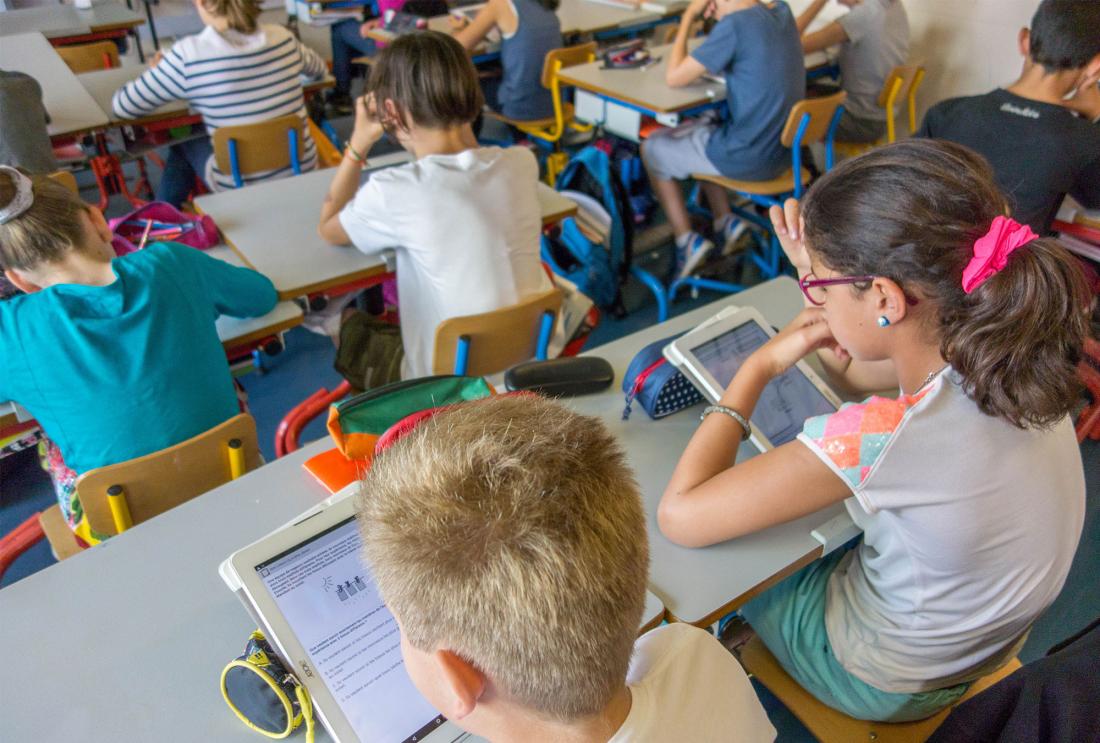Teacher Training and Student Achievement in Science: Evidence from France
- Teachers
- Empowerment
- Student learning
- Training
High quality instruction throughout primary school is widely believed to have a positive influence on student outcomes. In partnership with the non-profit organization La Main à la Pâte, researchers are evaluating the impact of its science and technology teacher training program on the educational interests and academic achievement of affected students.
Policy issue
High quality instruction throughout primary school is widely believed to have a positive influence on student outcomes. However, very little is known about which specific teacher characteristics impact student performance, and observable signals, such as teacher education and experience, have thus far been poor predictors of teaching quality.
Teacher training programs aiming to foster teachers’ content-specific knowledge and teaching methods can enhance the quality of instruction. Yet, whether—and in which conditions—these programs can effectively improve teaching practices, and boost student motivation and performance is still an open question.
Context of the evaluation
La Main à la Pate is a French non-profit organization that seeks to improve the quality of science and technology teaching in primary and middle schools. The NGO provides professional development courses for teachers through its network of Maisons pour la Science (Houses for Science), which are regional training centers based in a local university. These centers offer teachers a 80-hour training program, at no charge, over a two-year period. The courses are designed to introduce an inquiry-based teaching method. Rather than rote memorization, this method encourages students to learn science by developing empirical questions, testing them, and explaining their collected evidence.

Details of the intervention
Researchers partnered with the non-profit organizationLa Main à la Pâte to measure the impact of its science and technology teacher training program on teacher’s practice, vision of science and on the educational interests and academic achievement of students.
Researchers identified third to fifth grade teachers who expressed interest in participating in the training program. From a total 134 volunteers, researchers randomly assigned teachers to a treatment group or to a comparison group. Teachers in the treatment group were enrolled in the training program, while those in the comparison group did not receive a training offer.
Researchers will collect survey data on teachers’ practices and motivation, and on students’ taste for science, learning outcomes, motivation and well-being one and two years after the beginning of the program. In-depth qualitative evidence will also be collected by researchers in science didactics, through observation and video recording of teaching sequences.
Results and policy lessons
Evaluation ongoing, results forthcoming.
